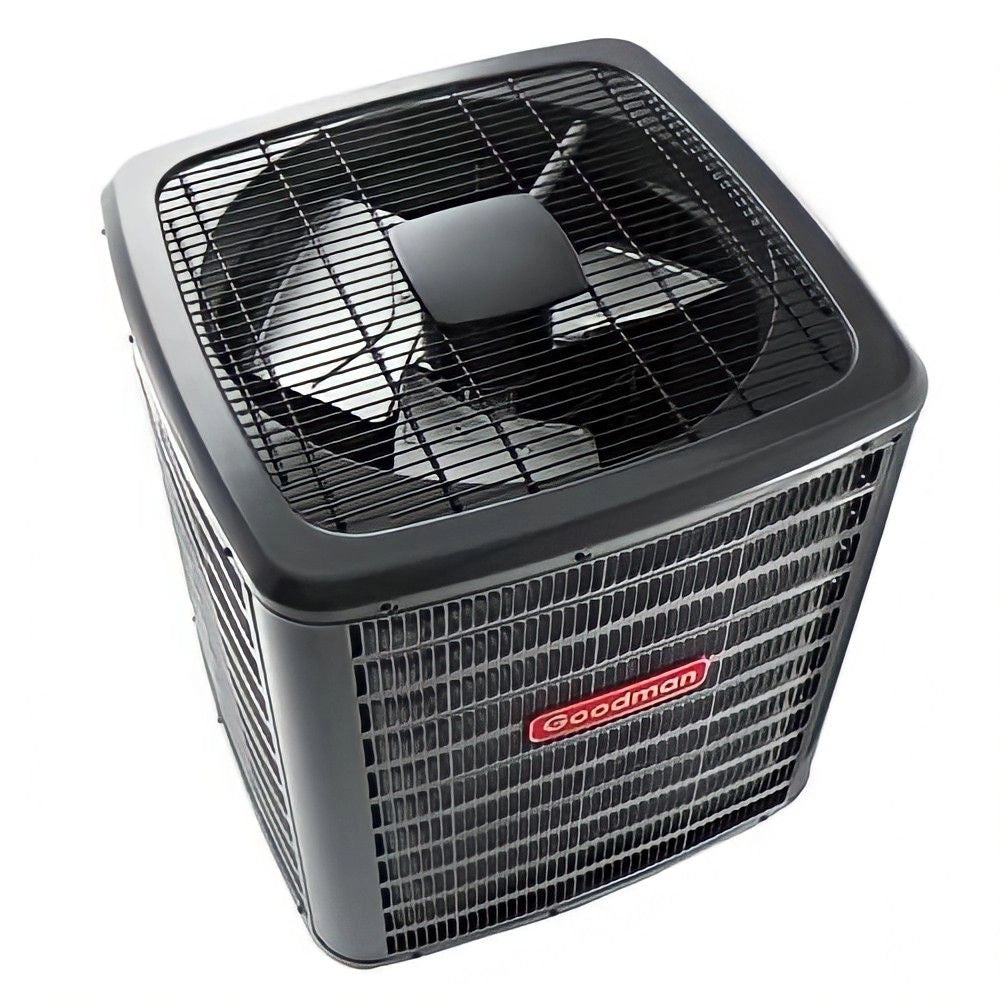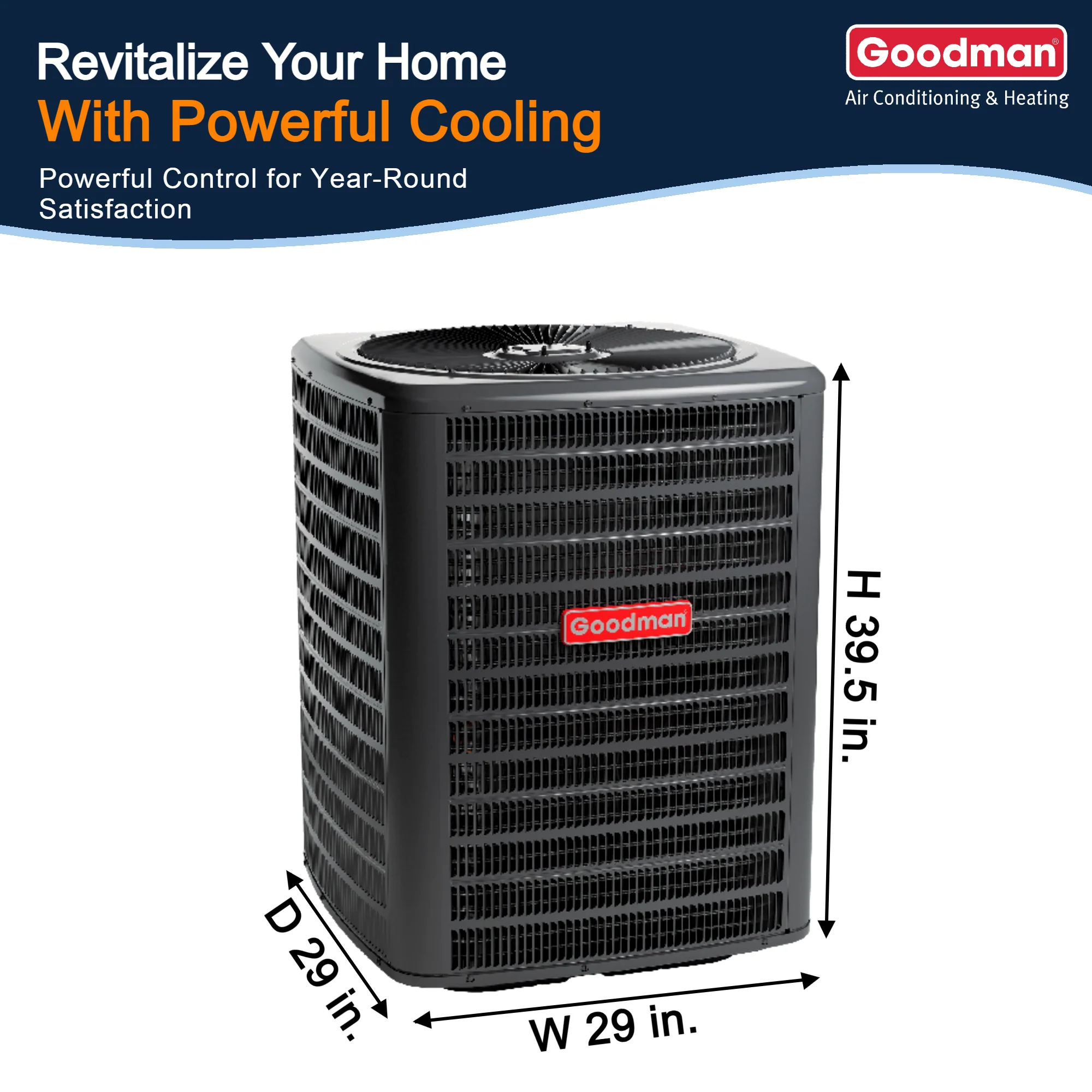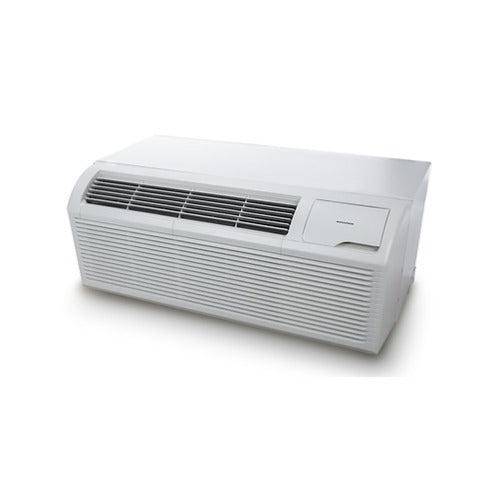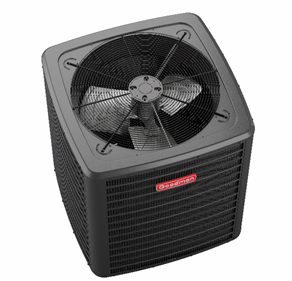The Daikin DRC0603D000001S is a 5-ton, 16.2 SEER2 light commercial packaged air conditioner designed to deliver efficient cooling for commercial spaces. With a cooling capacity of approximately 60,000 BTUs per hour, this unit utilizes R-32 refrigerant, known for its lower Global Warming Potential (GWP) and enhanced energy efficiency. While Daikin systems are renowned for their reliability, users may occasionally encounter operational issues. This guide aims to help beginners understand and troubleshoot common problems associated with the DRC0603D000001S model.
1. Air Conditioner Fails to Start
Possible Causes and Solutions:
-
Power Supply Issues:
-
Tripped Circuit Breaker or Blown Fuse: Verify that the circuit breaker hasn't tripped and that all fuses are intact. Reset the breaker or replace blown fuses as necessary.
-
Disconnected Power Plug: Ensure the power plug is securely connected to the outlet.
-
Power Outage: Confirm that there hasn't been a recent power failure affecting the unit's operation.
-
-
Remote Controller Problems:
-
Depleted Batteries: Replace the batteries in the remote controller to ensure it's functioning correctly.
-
Incorrect Timer Settings: Check and reset any timer settings that might be preventing the unit from starting.
-
For a comprehensive troubleshooting checklist, refer to Daikin's official guide.
2. Insufficient Cooling Performance
Possible Causes and Solutions:
-
Dirty Air Filters:
-
Clogged filters restrict airflow, reducing the unit's efficiency. Regularly inspect and clean or replace air filters to maintain optimal performance.
-
-
Obstructed Airflow:
-
Ensure that furniture or other objects aren't blocking the areas directly below or next to the air conditioner, as obstructions can impede airflow.
-
-
Open Windows and Doors:
-
Confirm that all windows and doors are closed to prevent cooled air from escaping and warm air from entering.
-
-
Refrigerant Issues:
-
Low refrigerant levels, possibly due to leaks, can diminish cooling efficiency. Given that the DRC0603D000001S uses R-32 refrigerant, it's essential to address leaks promptly. If you suspect a refrigerant leak, contact a certified HVAC technician for inspection and repair.
-
For more details on common issues and their solutions, visit this guide.
3. Unusual Noises During Operation
Possible Causes and Solutions:
-
Loose or Misaligned Components:
-
Banging or clanking sounds may indicate that internal parts are loose or misaligned. It's advisable to turn off the unit and consult a professional technician to inspect and secure any loose components.
-
-
Refrigerant Leaks:
-
A hissing noise could signal a refrigerant leak. Given the use of R-32 refrigerant, addressing leaks is crucial for both performance and environmental considerations. Seek professional assistance to diagnose and repair any leaks.
-
-
Fan or Motor Issues:
-
Squealing or screeching noises might point to problems with the fan motor or belts. Regular maintenance can help prevent these issues, but if they arise, professional servicing is recommended.
-
For insights into common HVAC issues and repair recommendations, refer to this resource.
4. Frequent Cycling or Short Cycling
Possible Causes and Solutions:
-
Thermostat Malfunctions:
-
Ensure the thermostat is correctly set and functioning properly. Malfunctions can cause the unit to turn on and off more frequently than necessary.
-
-
Oversized Unit:
-
An air conditioner that's too large for the space may cool the area quickly but will cycle on and off frequently, leading to increased wear and reduced energy efficiency. Consulting with an HVAC professional can help determine if the unit's capacity aligns with the cooling needs of the space.
-
-
Restricted Airflow:
-
Dirty filters or blocked vents can cause the system to overheat and shut down prematurely. Regularly cleaning or replacing filters and ensuring vents are unobstructed can mitigate this issue.
-
For further guidance on addressing short cycling and other common problems, explore this article.
5. Elevated Energy Bills
Possible Causes and Solutions:
-
Poor Insulation or Air Leaks:
-
Inspect the building for drafts and ensure proper insulation to maintain the desired indoor temperature without overburdening the air conditioner.
-
-
Ductwork Issues:
-
Leaky or poorly insulated ducts can lead to significant energy losses. Regular inspections and maintenance of ductwork can enhance overall system efficiency.
-
-
Aging or Inefficient System:
-
Over time, HVAC systems may become less efficient. Upgrading to a newer model with a higher SEER2 rating can result in substantial energy savings. The DRC0603D000001S, with its 16.2 SEER2 rating, is designed for enhanced energy efficiency.
-
For a detailed overview of common HVAC issues and when to seek professional assistance, refer to this resource.
6. Understanding Error Codes
Modern Daikin units are equipped with self-diagnostic features that display error codes to indicate specific issues. For instance, an "A1" code signifies a failure of the indoor PCB, while an "E3" code points to high pressure. Familiarizing yourself with these codes can expedite troubleshooting and repairs.
For a comprehensive list of Daikin fault codes and their meanings, consult this troubleshooting guide.
7. Importance of Regular Maintenance
Routine maintenance is vital to ensure the longevity and optimal performance of your Daikin air conditioner.
-
Cleaning or Replacing Air Filters: As previously mentioned, clean filters promote







